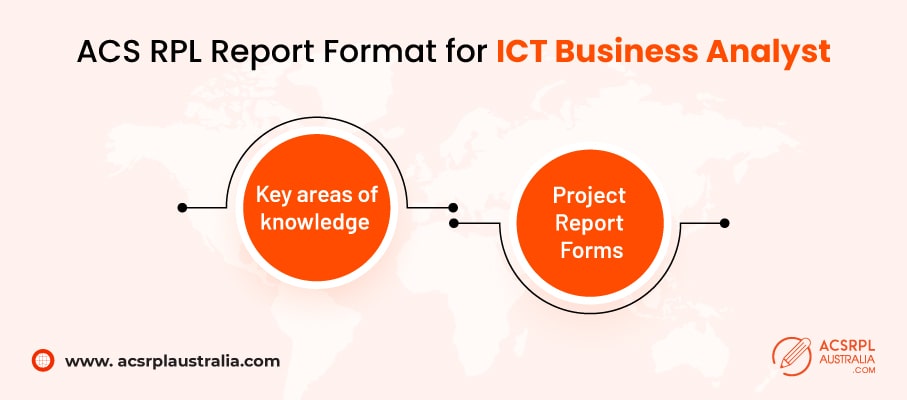
ICT business analysts collaborate with users to develop system requirements, system plans and documentation, review and evaluate existing systems, and design and modify systems to meet the needs of users.
Data and process modelling techniques are used by ICT business analysts ANZSCO 261111 to create clear system specifications for the design and development of system software. They serve as a central source of reference and information, guiding and assisting in the system project decision-making process.
ICT Business Analyst Working Conditions
Business analysts typically work in offices or laboratories in comfortable settings. They put in 40 hours per week, like many other professionals and office workers, and may work late or on weekends to meet deadlines or solve specific problems. Many computer professionals are telecommuting as networks expand, allowing more work to be done from remote locations via modems, laptops, e-mail, and the Internet. Some tasks, however, must be completed in the office for security or other reasons.
Tools And Methodologies Used For ICT Business Analyst
The following tools and technologies are available to ICT business analysts:
– Removable media drives with a large capacity
– Projectors with liquid crystal displays
– Personal computers; notebook computers; laptop computers
– Database user interface and query software, as well as an analytical or scientific software
– Software for electronic mail
– Project management software using Enterprise Resource Planning (ERP) software.
Responsibilities Of An ICT Business Analyst
– Identifies, investigates, and analyzes business processes, procedures, and work practices; identifies and evaluates inefficiencies; and recommends best business practices, as well as system functionality and behavior.
– Takes responsibility for deploying functional solutions, such as creating, adopting, and implementing system test plans, which ensures acceptable quality and integrity of the system creates user and trainer documentation, and conducts formal training classes using project management
– Deploying functional solutions, such as developing, adopting, and implementing system test plans, in order to ensure the system’s acceptable quality and integrity.
– Utilizes information and transfer modeling techniques to develop clear system specifications for the design and development of system software and serves as a central reference and information source, providing guidance and assistance in the system project decision-making process develops functional specifications for system developers.
ACS RPL Report Format for ICT Business Analyst
The Key Areas of Knowledge and Project Report Forms sections of this ACS RPL Report Sample for ICT Business Analyst are separated. The following are the requirements for the ACS RPL Project Report for ICT Business Analyst.

1. Key areas of knowledge:
The candidate must explain how their experience and qualifications relate to the specified Areas of Knowledge, as well as how and where they learned them.
2. Project Report Forms:
A project report is a written account of a project or engagement that you can use to show off your ICT expertise. Each report should focus on a significant project or work event from your professional career.
NOTE: Two project reports must be submitted by the candidates. One report must be for a project that was completed within the last three years, while the other must be for a project that was completed within the last five years.
The following are some examples of project reports for an ICT Business Analyst:
– “Location-based Alarm Using Mobile Device” is an example of an RPL report for an ICT business analyst.
– “SMS Encryption Using AES Algorithm on Android” RPL Report Sample for ICT Business Analyst – 2
ACS RPL Report Sample for ICT Business Analyst – 1
The project done by the applicant is titled Telstra Telecommunication Limited.
We described our client’s project while he/she was working on “Telstra Telecommunication Limited” in the first RPL Project Report. During the course of this project, the client had to follow and perform the following roles and responsibilities:
– To identify, conduct the appropriate research, and investigate business processes, procedures, and work performance.
– To analyze data using various software such as NPAMS, PICS, and GDD, as well as to coordinate with subcontractors and the workforce to resolve site-related issues.
– Analyze the nature of problems and propose alternative solutions by putting together a preliminary plan with recommendations.
– By defining project goals, collecting data, diagnosing problems, and recommending system improvements, you can create an effective business model.
– For a successful implementation of a new system, conduct feasibility studies to collect various parameters such as cost estimation, benefits, resource requirements, and specific user needs.
– To examine input values for design drawings, CCU workbooks, pair gain system information, fibre SLD, and power diagrams in order to identify areas for improvement.
– To apply proper calibration to the tools, perform regression tests, automation tests, and application performance tests.
– Before transitioning the application/system, create proper documentation for its support staff and end-users.
ACS RPL Report Sample for ICT Business Analyst – 2
“TOMTOM” is the name of the project.
We described our client’s project while he/she was working on “TOMTOM” in the second RPL Project Report. During the course of this project, the client had to follow and perform the following roles and responsibilities:
– To collaborate with users to define and document business requirements.
– To conduct an analysis of the project’s requirements and source data, and to devise a strategy for implementation.
– To initiate and monitor the improvement of existing tools and processes.
– To work with the project owner to define the project’s requirements, planning, budget, and estimates.
– Making contact with customers and facilitating proactive and timely solutions to problems that arise.
– To organize training programs to improve the team’s and individual’s skills in order to organize the internal quality control process.
– To consult with various departments, such as suppliers and managers, in order to develop project plans and manage project cost resources.
– To create clear system specifications for the user data processing and modeling techniques.
Why Choose ACSRPLAustralia for RPL Writing Services?
RPL Reports written by inexperienced or out-of-domain authors may result in ACS rejecting your application or preventing you from reapplying for a year. ACSRPL Australia guarantees a successful outcome from ACS. We are well versed with the ACS rules and strictly follow the MSA booklet. We also provide a wide range of RPL report samples on every ANZSCO occupation. We are well-versed with the skill assessment rule and give our best to provide you with a favourable outcome.

